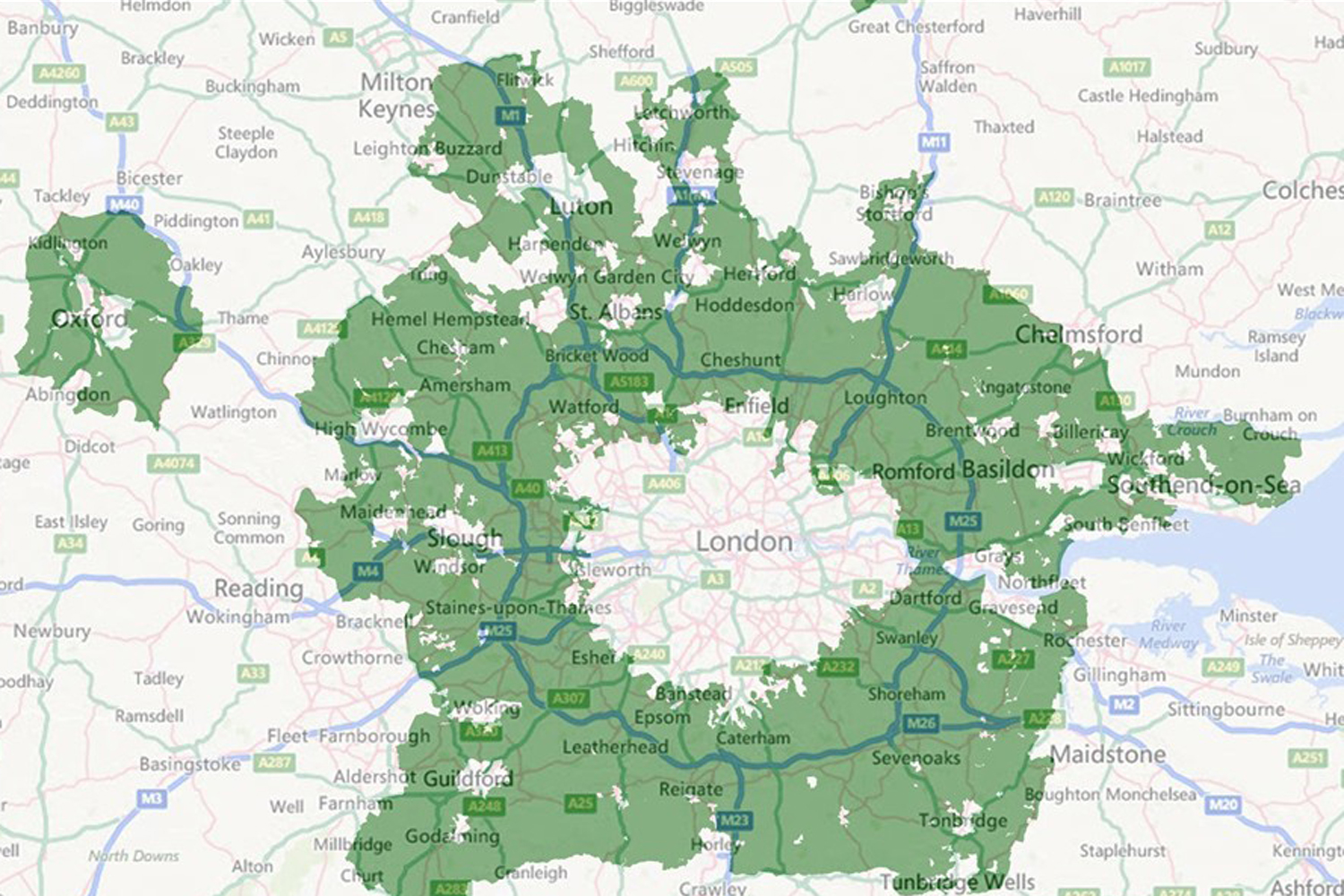Green Spaces in London
From Londonhua WIKI
Green Spaces in London
by Cole Fawcett
 Hyde Park |
Contents
Abstract
1) a summary of the aims of your project
2) your prior experience with humanities and arts courses and disciplines
3) your major takeaways from the experience
Clearly state a one-sentence statement that summarizes your main objective for this milestone such as "a comparison of the text of Medieval English choral music to that of the Baroque" or it may be a question such as "to what extent did religion influence Christopher Wren's sense of design?"
Introduction
Describe the essence of this project.
Cover what the project is and who cares in the first two sentences.
Cover what others have done like it, how your project is different.
Discuss the extent to which your strategy for completing this project was new to you, or an extension of previous HUA experiences.
Add in some narrative to describe why you did the "thing that you did", which you'd probably want to do anyway.
Section 1: Background
150 Years of Green Spaces
Hampstead Heath long time public green space Regent's Park Royal permission for public use maybe Victoria park/Battersea park people's park victorian liberalism Hyde Park Green Belt?
Modern Green Spaces
The importance of green spaces in towns and cities has been recognized to varying degrees since the 19th century. The apparent value of green spaces in providing an escape from widespread urban air pollution serving as a major driver in creating new parks and green spaces. Over the last 20 years, a rise in interest has taken shape for quality and quantity of green space in urban areas. Three major factors have contributed to this trend: 1) concern about the decline in the quality of green spaces, due largely to low priority in the political agenda on national and local levels, 2) emphasis on the necessity for more intensive development in urban area, informed by "the hight-density 'compact city' " as the model for European cities and where green spaces fit into that, and 3)Improved evidence base supporting the benefits of urban green space, and environmental social and economic value to society.
Brown spaces also need to be taken into account
upsurge reflected as increase in research and professional activity In the UK a number of key documents produced in the last decade has led to government recognition of the vital importance of urban parks and green spaces as key components of urban environments
significance of urban green space on the developing urban environment and urban city life recognised by the Urban Task Force Report and the Urban White Paper, DETR 2000
[2]
Section 2: Deliverable
In this section, provide your contribution, creative element, assessment, or observation with regard to your background research. This could be a new derivative work based on previous research, or some parallel to other events. In this section, describe the relationship between your background review and your deliverable; make the connection between the two clear.
Subsection 1
Gallery
- .jpg
Caption 1
- .jpg
Caption 2
- .jpg
Caption 3
- .jpg
Caption 4
Conclusion
In this section, provide a summary or recap of your work, as well as potential areas of further inquiry (for yourself, future students, or other researchers).
References
- ↑ Swanwick, Carys, Nigel Dunnett, and Helen Woolley. "Nature, Role and Value of Green Space in Towns and Cities: An Overview." 29.2 (2003): 94-106. Web. 14 June 2017.
- ↑ Swanwick, C., Dunnett, N., & Woolley, H. (2003). Built Environment(1978-) (2nd ed., Vol. 29, Perspectives on Urban Greenspace in Europe). Alexandrine Press.
External Links
If appropriate, add an external links section
